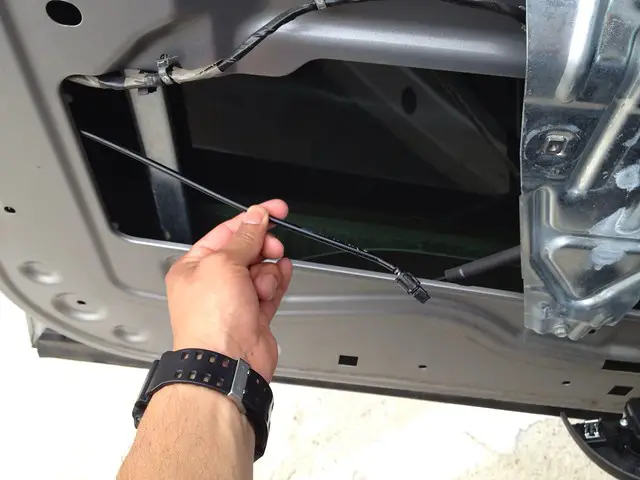Step-By-Step: Replacing a Failing Oxygen Sensor That Causes Check Engine Light for Emissions
To replace a failing O2 sensor causing the check engine light and emissions issues, start by diagnosing with your scan tool to confirm sensor fault and rule out leaks. Gather a replacement sensor, gasket, anti-seize, short-wrench, and an oxygen sensor socket. Locate the sensor along the exhaust path, remove carefully, and clean threads before install….












